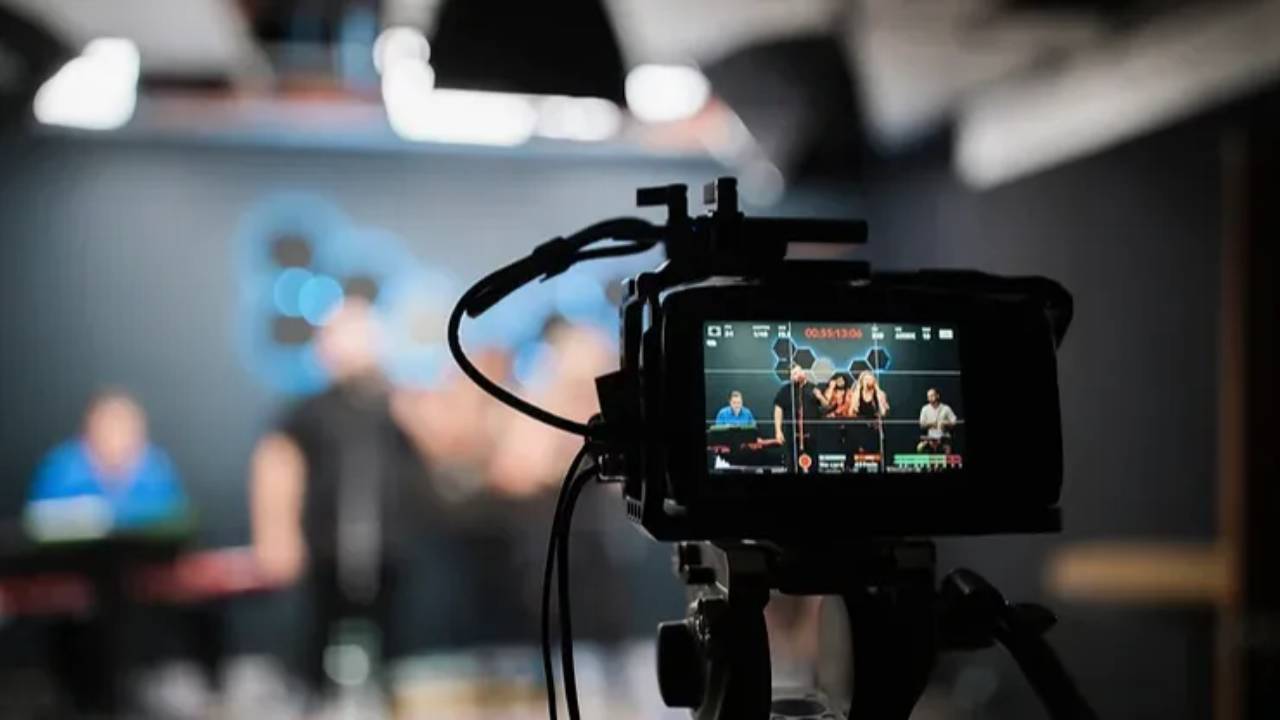How to create the best video for your course
Apr 18, 2023
Creating high-quality videos is essential for the success of your online course. Engaging, well-produced videos improve the learning experience for your students and enhance your credibility as an instructor.
Follow these tips to create the best videos for your course:
Plan your content:
Before recording, outline the content and structure of your video. Determine the main points you want to cover and create a script or bullet points to guide your presentation.
Invest in equipment:
Use a good-quality camera, tripod, and microphone to ensure clear visuals and audio. A high-quality webcam or DSLR/mirrorless camera and an external microphone (such as a lavalier or shotgun mic) are recommended.
Choose the right location:
Find a quiet, well-lit space to record your videos. Natural light is ideal, but if it's not available, use artificial lighting to create a professional look. Avoid cluttered backgrounds, and opt for a simple backdrop or a clean, neutral wall.
Set up your recording space:
Position your camera at eye level, and frame your shot so your face and upper body are visible. Ensure your microphone is close enough to capture clear audio without picking up the background noise.
Record high-quality audio:
Clear, crisp audio is crucial for an engaging video. Record in a quiet space, and use noise reduction techniques or software during post-production to minimize background noise.
Be concise and engaging:
Keep your videos focused and to the point. Break complex topics into smaller, digestible segments. Speak clearly and at a moderate pace, using a conversational tone to maintain audience engagement.
Use visuals to support your content:
Enhance your videos with relevant visuals, such as slides, images, or screen recordings, to illustrate key concepts and maintain viewer interest.
Include captions or subtitles:
Improve the accessibility and learning experience by adding captions or subtitles to your videos, allowing viewers to follow along more easily and catering to those with hearing impairments.
Edit your videos:
Use video editing software to remove mistakes, trim unnecessary footage, and add transitions between sections. Enhance your videos with background music, text overlays, or animations, but use these elements sparingly to avoid distractions.
Optimize video settings:
Export your videos in a high-quality format (such as MP4) with an appropriate resolution (1080p or 720p) and a reasonable file size for easy streaming.
Test your videos:
Watch your videos on multiple devices (desktop, tablet, mobile) to ensure they play smoothly and look professional. Get feedback from peers or a test audience to identify areas for improvement.
Creating the best video for your course requires careful planning, high-quality equipment, engaging content, and effective editing. Invest time and effort in creating professional, visually appealing videos to enhance the learning experience for your students and increase the success of your online course.
join 100k+ weekly readers to get
all the marketing & course resources + tools you need
to build your course business.
We hate SPAM. We will never sell your information, for any reason.


